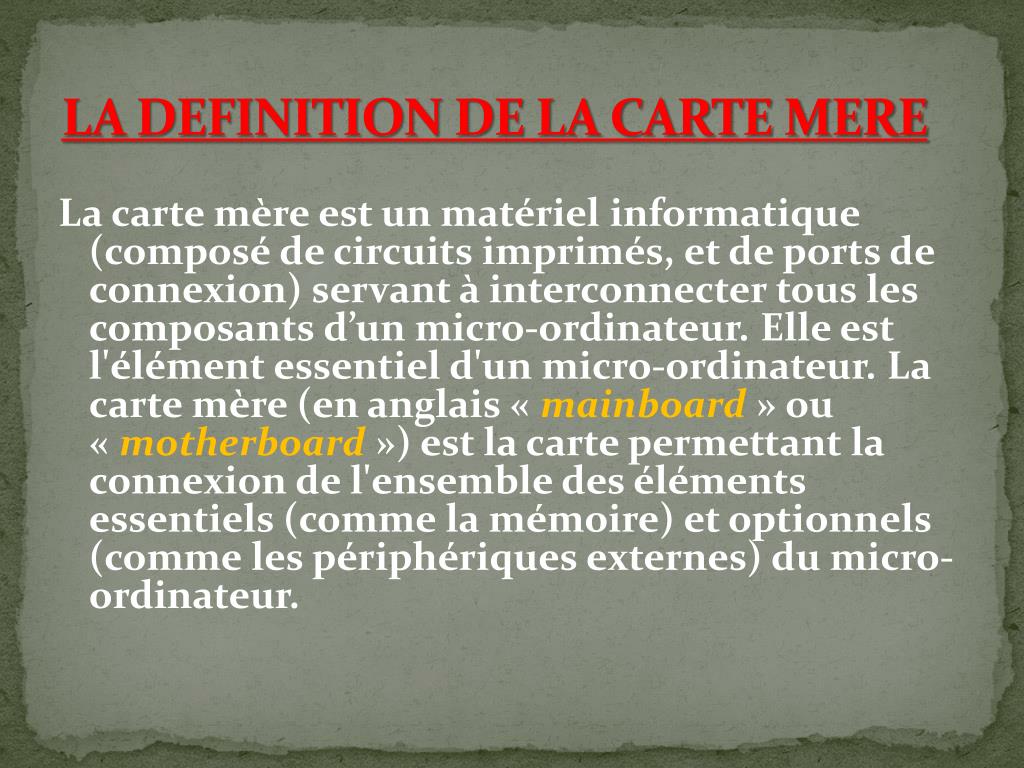

People commonly speak of ‘the superstructure’, although it is interesting that originally, in Marx’s German, the term is in one important use plural. The term of relationship is then the first thing that we have to examine in this proposition, but we have to do this by going on to look at the related terms themselves. Yet it is fair to say, looking at many applications of Marxist cultural analysis, that it is the second sense, the notion of prefiguration, prediction or control, which has often explicitly or implicitly been used. Now there is clearly a difference between a process of setting limits and exerting pressures, whether by some external force or by the internal laws of a particular development, and that other process in which a subsequent content is essentially prefigured, predicted and controlled by a pre-existing external force.

But there is also, from the experience of social practice, a notion of determination as setting limits, exerting pressures. There is, on the one hand, from its theological inheritance, the notion of an external cause which totally predicts or prefigures, indeed totally controls a subsequent activity. Nevertheless, the particular history and continuity of the term serves to remind us that there are, within ordinary use-and this is true of most of the major European languages-quite different possible meanings and implications of the word ‘determine’. Marx’s own proposition explicitly denies this, and puts the origin of determination in men’s own activities. He is opposing an ideology that had been insistent on the power of certain forces outside man, or, in its secular version, on an abstract determining consciousness. It is significant that it is in one of his familiar inversions, his contradictions of received propositions, that Marx uses the word ‘determines’. The language of determination and even more of determinism was inherited from idealist and especially theological accounts of the world and man.

Now it is important, as we try to analyse this proposition, to be aware that the term of relationship which is involved, that is to say ‘determines’, is of great linguistic and real complexity. Yet in the transition from Marx to Marxism, and in the development of mainstream Marxism itself, the proposition of the determining base and the determined superstructure has been commonly held to be the key to Marxist cultural analysis. But the proposition of base and superstructure, with its figurative element, with its suggestion of a definite and fixed spatial relationship, constitutes, at least in certain hands, a very specialized and at times unacceptable version of the other proposition. It is not that the two propositions necessarily deny each other or are in contradiction. It would be in many ways preferable if we could begin from a proposition which originally was equally central, equally authentic: namely the proposition that social being determines consciousness. From a strictly theoretical point of view this is not, in fact, where we might choose to begin.

A ny modern approach to a Marxist theory of culture must begin by considering the proposition of a determining base and a determined superstructure.


 0 kommentar(er)
0 kommentar(er)
